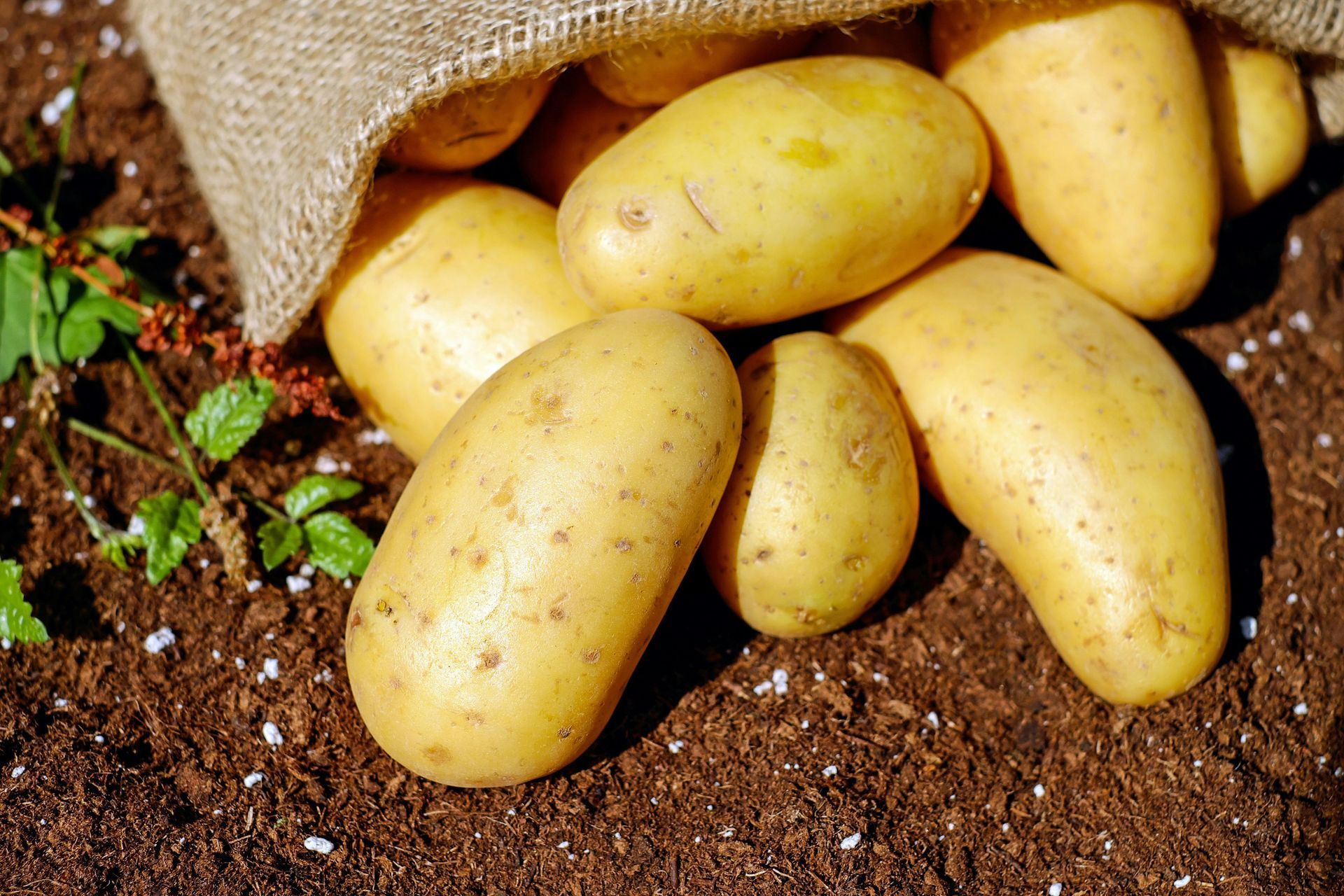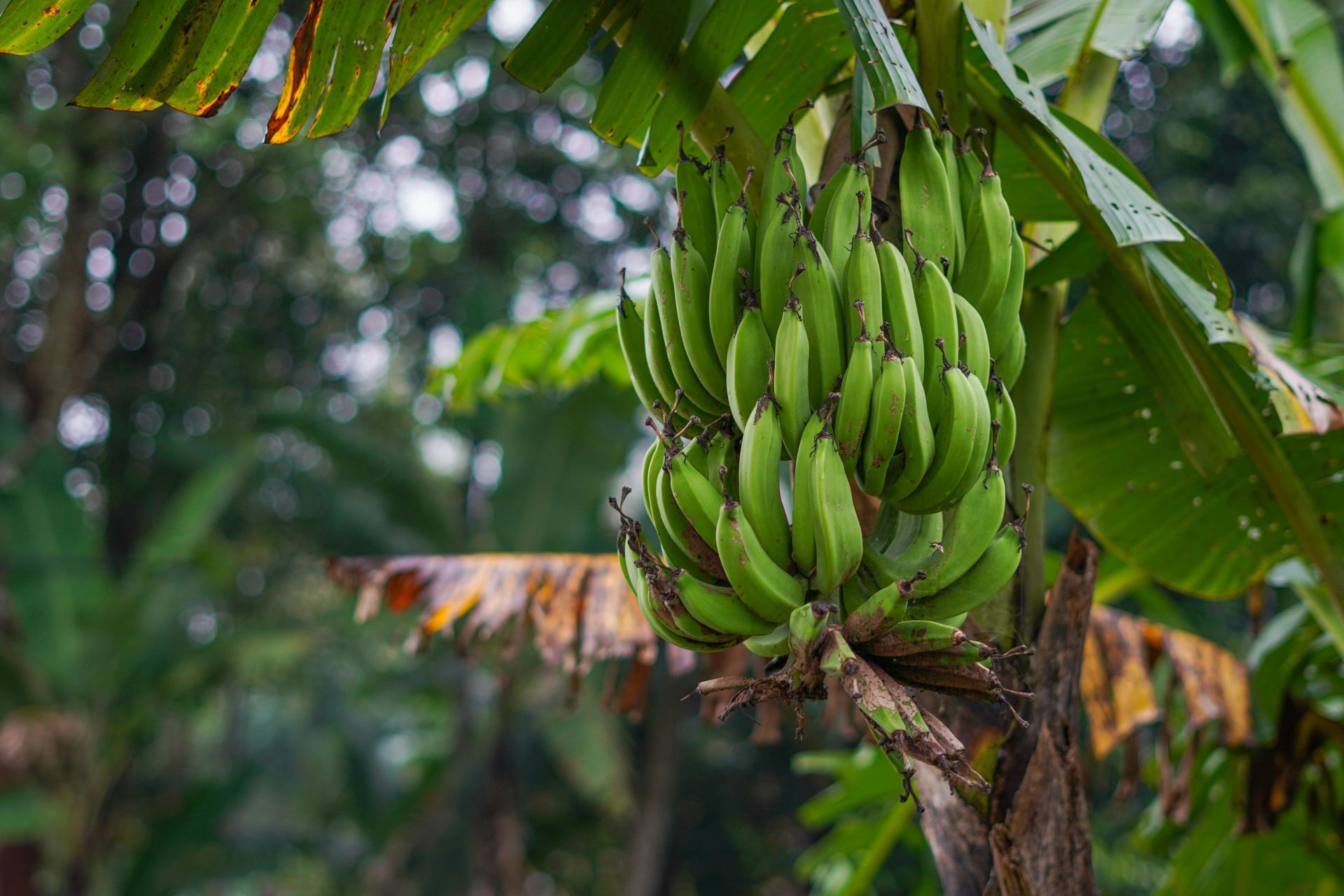Unlocking the Power of Resistant Starches: A Gut-Friendly Superfood
As a gastrointestinal surgeon, my practice focuses on the surgical and medical management of gastrointestinal conditions ranging from colorectal cancer to inflammatory bowel disease and functional bowel disorders. A critical part of prevention, treatment, and long-term outcomes in these patients lies in optimizing nutrition and supporting the gut microbiome. One area of increasing scientific interest is resistant starch—a type of starch that resists digestion in the small intestine and instead undergoes fermentation in the colon. This process produces metabolites that directly influence colonic health, metabolic regulation, and systemic well-being. Understanding resistant starch provides valuable insight into how diet can be leveraged to support health and wellness.
What Are Resistant Starches?
Resistant starch is often considered a form of dietary fiber, since it resists digestion and provides many of the same health benefits. Starch is the body’s primary carbohydrate source, composed of glucose chains. Most starches are digested into glucose in the small intestine. Resistant starch, however, escapes this process and reaches the large intestine, where it is fermented by beneficial bacteria. The byproducts of this fermentation—short-chain fatty acids (SCFAs) such as butyrate—are crucial for colonocyte energy, immune modulation, and protection against disease.
Types of Resistant Starches
Resistant starch is classified into five categories:
RS1 – Physically Inaccessible Starch
These starches are locked inside the fibrous walls of seeds or grains, making them difficult for enzymes to reach.
- Whole or partly milled grains: barley, brown rice, rye, wheat kernels
- Uncooked Legumes: lentils, chickpeas, black beans, kidney beans
- Seeds: flaxseed, sunflower seeds
RS2 – Native, Uncooked Starches
These starches resist digestion due to their natural crystalline structure.
- Green bananas
- Unripe plantains (similar to green bananas but often larger, more starchy)
- Cassava (manioc) root in its raw or minimally processed form
- Sorghum starch (certain varieties)
- Raw sweet potatoes (though levels vary by variety)
- Taro root and yam starches (in raw state)
- High-amylose wheat and barley (special cultivars developed for functional foods)
- Legume starch granules (in peas, lentils, and beans — though more commonly RS1, some raw legume starches behave as RS2)
RS3 – Retrograded Starch
Formed when starchy foods are cooked and then cooled, creating crystals less resistant to digestion.
- Cooked & cooled potatoes (e.g., potato salad)
- Cooked & cooled rice (e.g., sushi rice, rice salads)
- Cooked & cooled pasta (e.g., pasta salad)
- Cooked & cooled oats (e.g., overnight oats)
- Bread crusts (retrogradation occurs as bread cools)
RS4 – Chemically Modified Starches
Produced through industrial processes to resist digestion; not naturally occurring.
- Certain fiber-enriched breads, cereals, and snacks fortified with modified starches
- Processed foods containing acetylated or cross-linked starches (listed on labels as “modified starch”)
- Commercial products like Hi-maize® 260 used in baked goods and nutrition bars
RS5 – Amylose–Lipid Complexes
Formed when starch molecules bind with fats or oils, making them resistant.
- Rice cooked with coconut oil, then cooled (popularized in meal-prep for added resistant starch)
- Pasta with olive oil that’s cooled before serving
- Some specialty baked goods intentionally formulated with starch–lipid complexes
Health Benefits of Resistant Starches
1. Intestinal Health & Prebiotic Effects
Resistant starch functions as a prebiotic, fostering beneficial microbiota and promoting butyrate production. Butyrate not only nourishes colonocytes but also exhibits anti-inflammatory and anti-neoplastic properties, supporting colorectal cancer prevention and reducing mucosal inflammation in conditions like ulcerative colitis.
2. Glycemic Regulation
Resistant starch slows glucose absorption and lowers postprandial blood sugar and insulin levels. This effect improves insulin sensitivity and may help mitigate risks associated with type 2 diabetes and metabolic syndrome.
3. Satiety & Weight Management
By stimulating satiety hormones and slowing gastric emptying, resistant starch promotes fullness, reduces caloric intake, and enhances fat metabolism. These effects make it a potential dietary tool in obesity management.
4. Lipid Profile & Cardiovascular Support
Several studies link resistant starch intake to reductions in total cholesterol and triglycerides, contributing to improved cardiovascular health.
5. Additional Physiologic Benefits
Other documented benefits include improved absorption of essential minerals such as calcium and magnesium, reduced gallstone formation, and enhanced bowel regularity.

Easy Guide: How to Add Resistant Starch to Your Diet
1. Eat green bananas.
Slightly underripe bananas are rich in RS2. Slice them into smoothies or yogurt bowls.
2. Cook, then cool your starches.
Boil potatoes, then refrigerate them overnight. Cooling transforms some of the starch into RS3. You can reheat before eating without losing the resistant starch benefit.
3. Try legumes.
Lentils, chickpeas, and beans naturally contain resistant starch and are great sources of protein and fiber.
4. Choose whole grains.
Oats, barley, and intact whole grains provide RS1, which is locked into the grain structure.
5. Look for functional starches.
High-amylose maize starch (sold as “Hi-maize”) is a supplemental resistant starch that can be added to baked goods or smoothies.
Tip: Start slowly. Adding too much resistant starch too quickly for some may cause bloating or gas. Gradually increasing intake allows your gut microbiome to adapt.
Final Thoughts
Resistant starch is more than just a nutritional curiosity—it is a clinically relevant dietary component with significant implications far beyond just intestinal health. It plays an important role in supporting cancer prevention, promoting metabolic balance, enhancing gut function, and strengthening overall wellness. For individuals seeking to optimize their health—and for patients managing gastrointestinal conditions—incorporating resistant starch into the diet represents a simple, evidence-based approach to improve digestive health, boost resilience, and support long-term vitality.
References:
- Nugent, A. P. “Health properties of resistant starch.” Nutrition Bulletin, vol. 30, no. 1, 2005, pp. 27–54. Link to article
- Fuentes-Zaragoza, E., et al. “Resistant starch as functional ingredient: A review.” Food Research International, vol. 43, no. 4, 2010, pp. 931–942. Link to article
- Raigond, P., Ezekiel, R., & Raigond, B. “Resistant starch in food: a review.” Journal of the Science of Food and Agriculture, vol. 95, no. 10, 2015, pp. 1968–1978. Link to article




